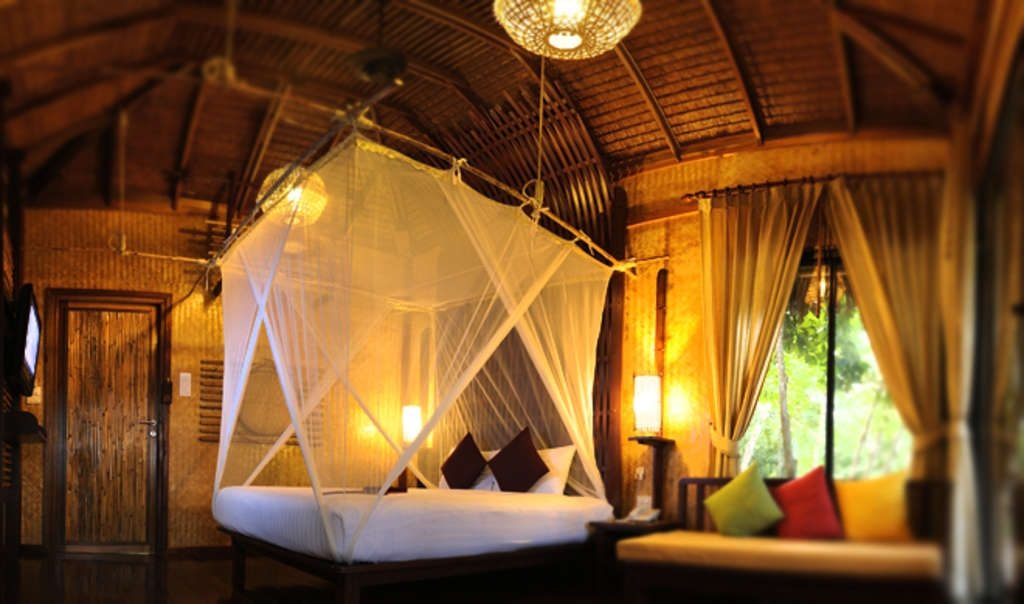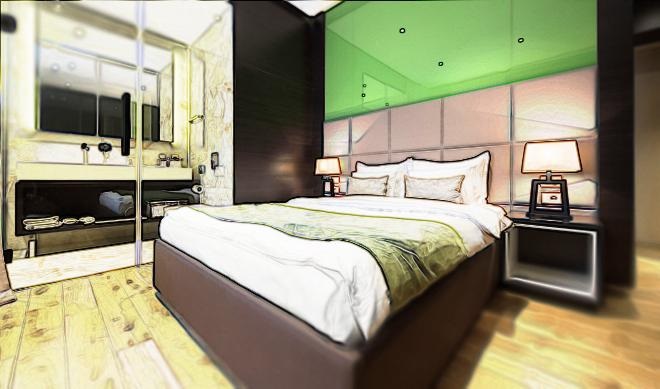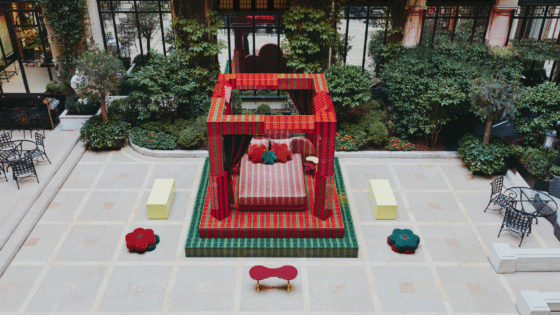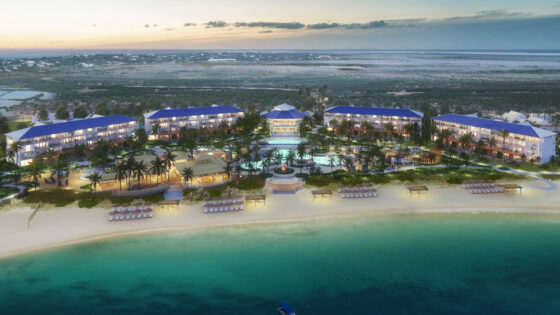As the global hospitality marketplace evolves and travelers’ preferences shift, what are the future trends that hotel designers need to anticipate? And how can we be visionary in our approach to each and every assignment? Rob Skyes, senior associate WATG shares his thoughts…
Our industry constantly yearns for innovation, with each hotel brand and independent operator seeking ways in which they can differentiate themselves to gain their own unique space in a very crowded marketplace. However, ‘out of the box’ thinking must always be balanced with economic pragmatism. Ultimately, hotels, as a real estate asset class, are challenging. Any investment risk must be justified by the requisite financial rewards.
Hospitality industry experts first started talking about brand proliferation in the mid-1990s. Over the years, we have seen a torrent on independent innovators and brand extensions from the major operators. Indeed, today, the big six hotel companies hold an incredible 90 brands between them. With such saturation in the marketplace, our clients are asking us one key question: How can we differentiate to get ahead?
 Trends of the last five years include themes such as the rise of ‘localised’ design, trendy independent ‘lifestyle’ hotels and animated public areas. But what concepts are currently on our drawing boards at integrated hospitality design firm, WATG, that will be entering the market in the next few years?
Trends of the last five years include themes such as the rise of ‘localised’ design, trendy independent ‘lifestyle’ hotels and animated public areas. But what concepts are currently on our drawing boards at integrated hospitality design firm, WATG, that will be entering the market in the next few years?
Hospitality trends and influences: A healthy obsession Across the generations we have become preoccupied with our personal wellbeing – boomers strive to hold back the ravages of time, millennials aim to optimise their personal fitness. Our lives are jam-packed with wearables, apps, healthy-eating blogs, fitness mash-ups and endless pop-ups to lure us into the belief that if we become disciples we can live forever.
 Yet, the hotel sector, with a few notable exceptions, lags behind such innovations. Hotel fitness facilities remain largely traditional in nature. This has to change. That said, we do have some interesting brand combos and extensions happening. Equinox, the high end fitness operator is moving boldly into the hotel arena with its first property opening in New York in 2018. Likewise, 1 Hotel Miami Beach has teamed up with Soul Cycle to offer popular spin classes’ at the hotel.
Yet, the hotel sector, with a few notable exceptions, lags behind such innovations. Hotel fitness facilities remain largely traditional in nature. This has to change. That said, we do have some interesting brand combos and extensions happening. Equinox, the high end fitness operator is moving boldly into the hotel arena with its first property opening in New York in 2018. Likewise, 1 Hotel Miami Beach has teamed up with Soul Cycle to offer popular spin classes’ at the hotel.
But as consumers demand more bespoke fitness and wellness routines and a more experiential approach to the tedium of exercise, hotels and resorts will need to become more experimental and absorb some of the entrepreneurial ideas spinning around the fitness and beauty market.
We do not see a future of robot services and virtual reality experiences. Technology is expensive and quickly becomes dated. First-class hospitality will always require the ‘human touch’. Particularly true of resorts, consumers will increasingly seek to reconnect with nature, spend quality time with loved ones and return to ‘the simple life’. These principles are driving our designs of late; a return to analogue rather than digital. That said, there will of course be ways to utilize technology to enhance the guest experience. But we see these as subtle touches, rather than drastic interventions.
 We experience ever-growing pressure, from both developers and consumers, for environmentally responsible and ‘resilient’ hotels and resorts. Many land owners we work with have a genuine commitment to stewardship, and we see this as integral to the enduring success of a project. Therefore, we must stay ahead of the curve regarding new construction techniques, the create reuse or ‘up-cycling’ of materials, and landscape design innovations that will help us deliver low-impact, yet beautiful hotels. In essence, we see our role as a master-craftsman of destinations, rather than ‘just another design firm’.
We experience ever-growing pressure, from both developers and consumers, for environmentally responsible and ‘resilient’ hotels and resorts. Many land owners we work with have a genuine commitment to stewardship, and we see this as integral to the enduring success of a project. Therefore, we must stay ahead of the curve regarding new construction techniques, the create reuse or ‘up-cycling’ of materials, and landscape design innovations that will help us deliver low-impact, yet beautiful hotels. In essence, we see our role as a master-craftsman of destinations, rather than ‘just another design firm’.
The trend away from the cookie-cutter hotel experience will gather pace. Developers will progressively ask us to define niche hospitality concepts. These will be bespoke to the demands of very specific and evolving target markets. Design concepts will focus increasingly on generational consumer and technology trends and the nuances in habits of specific geographic source markets. Unique, tailored hotel concepts tend to gain industrywide attention and despite their targeted strategy, often end up as part of the mainstream.
Rob Sykes is a Senior Associate on the global strategy team with WATG. This article consolidates the thinking of WATG’s design teams in London and Singapore, covering architecture, interior design and landscape. WATG designers Tony Menezes, Kevin Scholl, Nicole Hammond, John Paul Pederson, John Goldwyn, Edouard Gillon, Christine McGinnis, and Tom Williams took part in the two cross-functional working groups, along with Rob Sykes.
About WATG
WATG is a leading integrated design firm, ranked second in the world among hotel architectural firms. WATG’s interior design firm, Wimberly Interiors, was ranked 10th by Interior Design Magazine in their 2016 Hospitality Giants survey.




